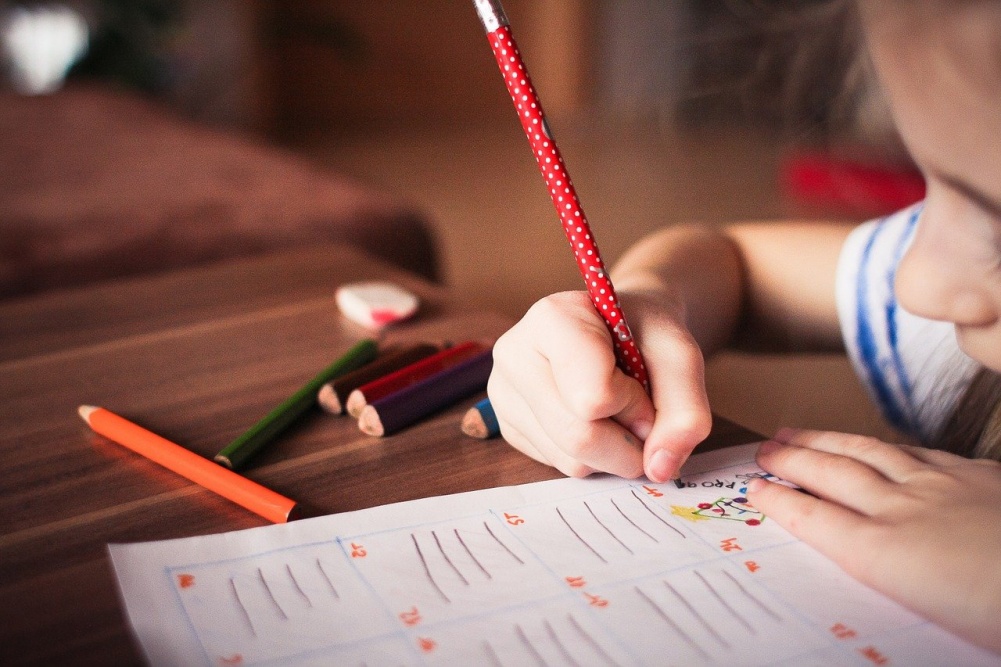Children learn more quickly between 0 to 8 years age of age. Preschoolers need exposure to several different ways to play and learn and plenty of chances to practice what they are learning.

By Rashmi Kapadia
The formative years or the early stages of childhood are between 0-8 Years of a child’s life where they learn more quickly than at any other time in life. These are the years in which a child experiences rapid cognitive (intellectual), social, emotional, and physical development.
The most beneficial learning and development process for a preschooler is play. It is often recognised that play is an essential part of life and not just childhood. For children in their formative years, play encourages all areas of development, from cognitive and physical to social and emotional.
Preschoolers are in the process of acquiring some crucial “pre-skills” while playing, singing, listening, interacting and observing. These activities are contributors to preschoolers gaining experiences that ultimately help them learn to read, write, build their math and science skills. They learn “school readiness” skills, which help them how to work in groups, understand the routines, and how to be students who learn and grow.
ALSO READ- |How to pick a counsellor or psychologist, based on your child’s needs
An effective pre-schooling contributes to children by helping them learn through everyday play and exploration in a safe and stimulating environment. Preschoolers need exposure to several different ways to play and learn and plenty of chances to practice what they are learning.
What are the growth and learning experiences for a preschooler? A preschooler experiences five main areas of development:
1. Cognitive Development: Cognitive skills include problem-solving, asking questions, visual discrimination, matching and comparing, sorting, organising, understanding fact and fiction, understanding cause, and effect and simple reasoning. Healthy development of the brain requires a healthy childhood experience.
2. Social and Emotional Development: Social skills through expressing various emotions, communicating their likes and dislikes, developing friendships with other children, and building confidence. The child learns to get along with his siblings or the children of his age bracket to achieve social and mental development.
3. Speech and Language Development: Introduction to basic tenets of reading skills with the help of concepts of print, phonemic awareness, and phonics. Expressing and communicating through basic writing skills with the help of developmentally appropriate drawings, listening to stories and instructions, and beginning letter formations. Speaking and listening by participation in conversations, asking and answering questions, describing things, adding details, speaking audibly, clearly, and incomplete sentences.
4. Fine Motor Skill Development: Development status of children learned in early childhood care and education with activities like eating, brushing teeth, dressing, washing hands and play activities such as paper tearing, clay molding, cutting and sticking that they learn to detail and structure to frame their future.
5. Gross Motor Skill Development: Access to good quality care and education programs outside the home helps in muscle control, balance, and coordination by participation in physical activities such as jumping, kicking, throwing, climbing ladders, opening doors, etc. Good health and participation help in improving a child’s chance of success in life.
ALSO READ- |How the pandemic is affecting children’s social skills
How do we achieve these development goals?
A child grows with early knowledge through reading, storytelling, playing simple sound and letter games like listening for words that begin with the same sound, or even looking at pictures, letters, and words in the environment – for example, signs, labels, and logos on billboards, street signs, cereal boxes, etc. A child’s handwriting skills develop when you encourage him/her to draw, scribble, color, paint, and write. Writing also helps a child to understand the connection between letters and spoken sounds. Singing with children, putting on music for them to dance, giving musical instruments to play, and finding dress-up clothes for them to use are all great ways to get them started on learning about music, drama, dance and social interaction. As with other behaviours, it is important to instill in our children connection with the environment. Children connect best when we start small, lead by example, use hands-on activities and make it fun.
Learning about self
A child learns that he or she is loved and is important through appropriate attention, opportunities and stimulation provided by parents and guardians. They learn to trust – as an example, ‘I know the teacher will be there if I fall over’ or ‘I know my mother will be there when it’s time to go home’. They start learning to understand their own needs, thoughts, feelings, likes and dislikes. They spend time playing and interacting with teachers and other children thus learning the skills they need for life – communicating, thinking, problem-solving, moving and socializing.
(The writer is Headmistress of Bloomingdales Pre-Primary School.)
Source: Read Full Article



